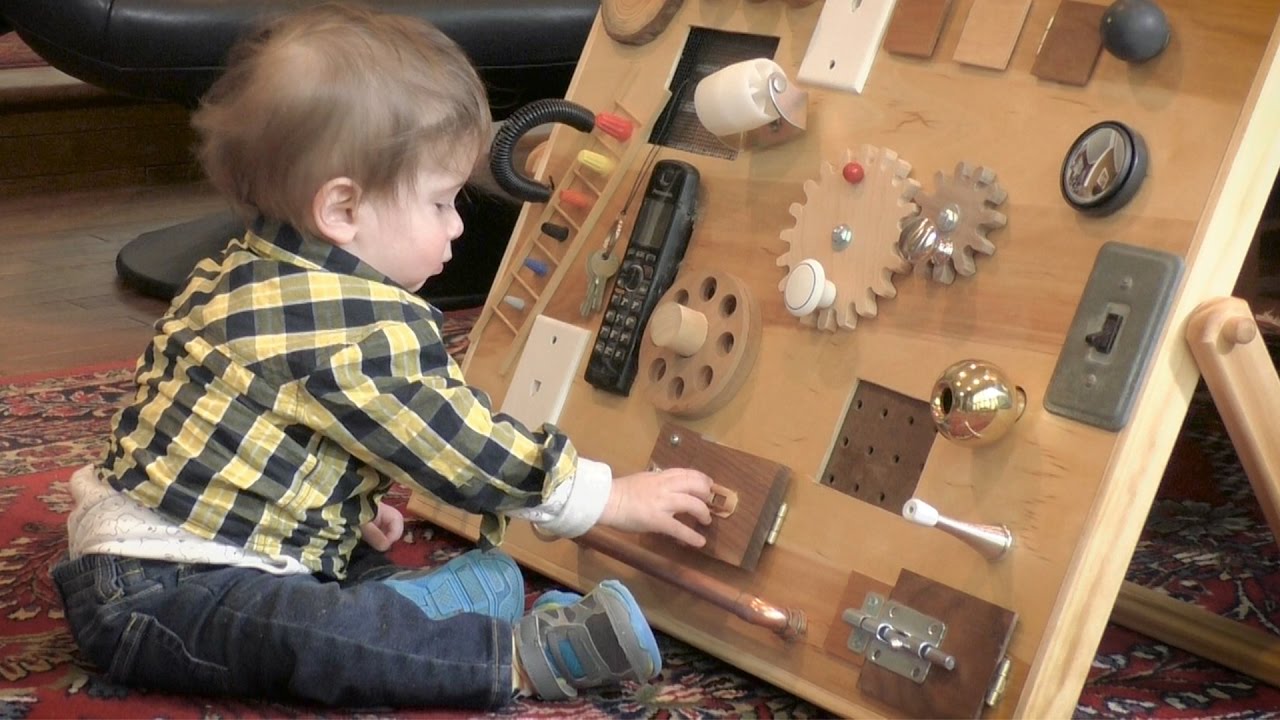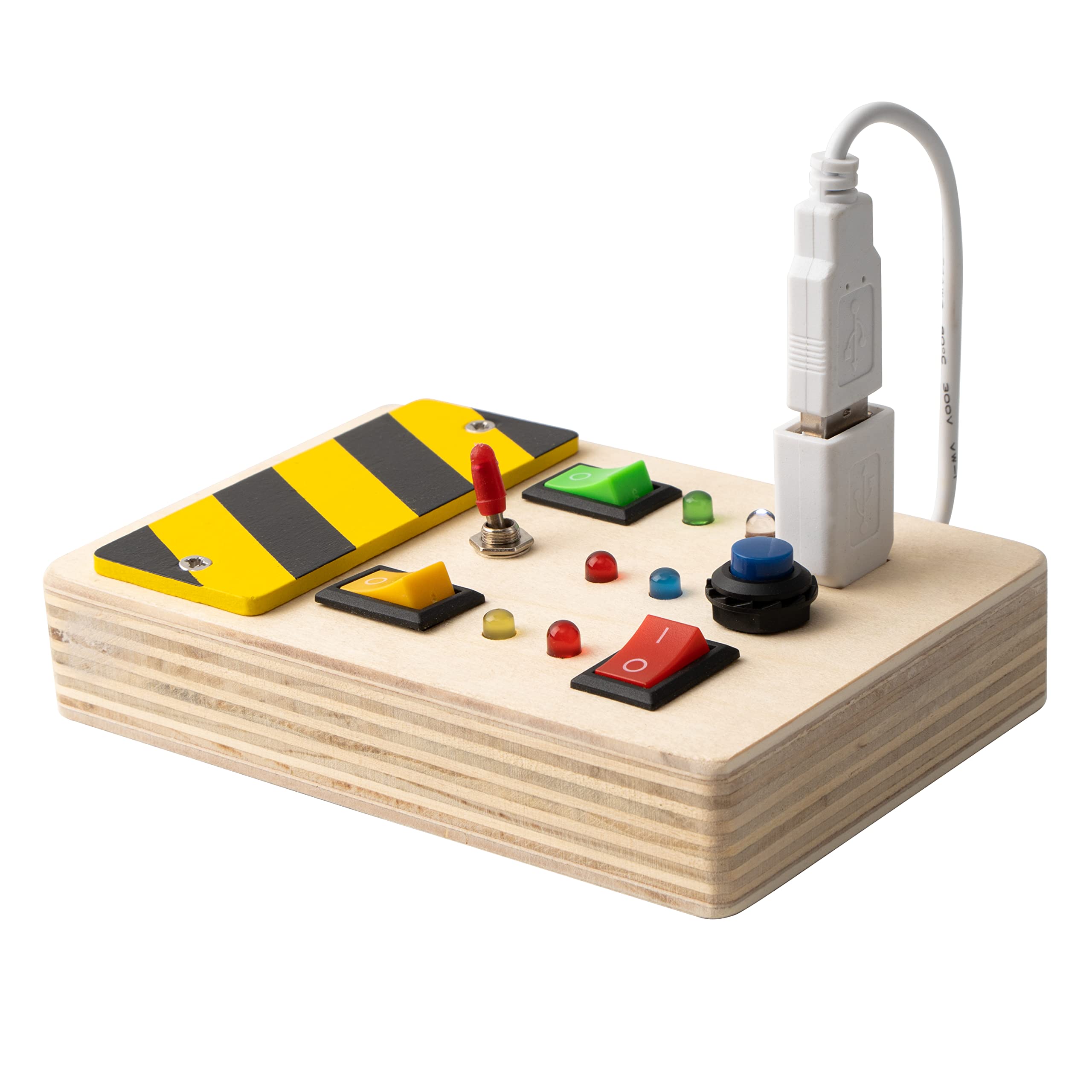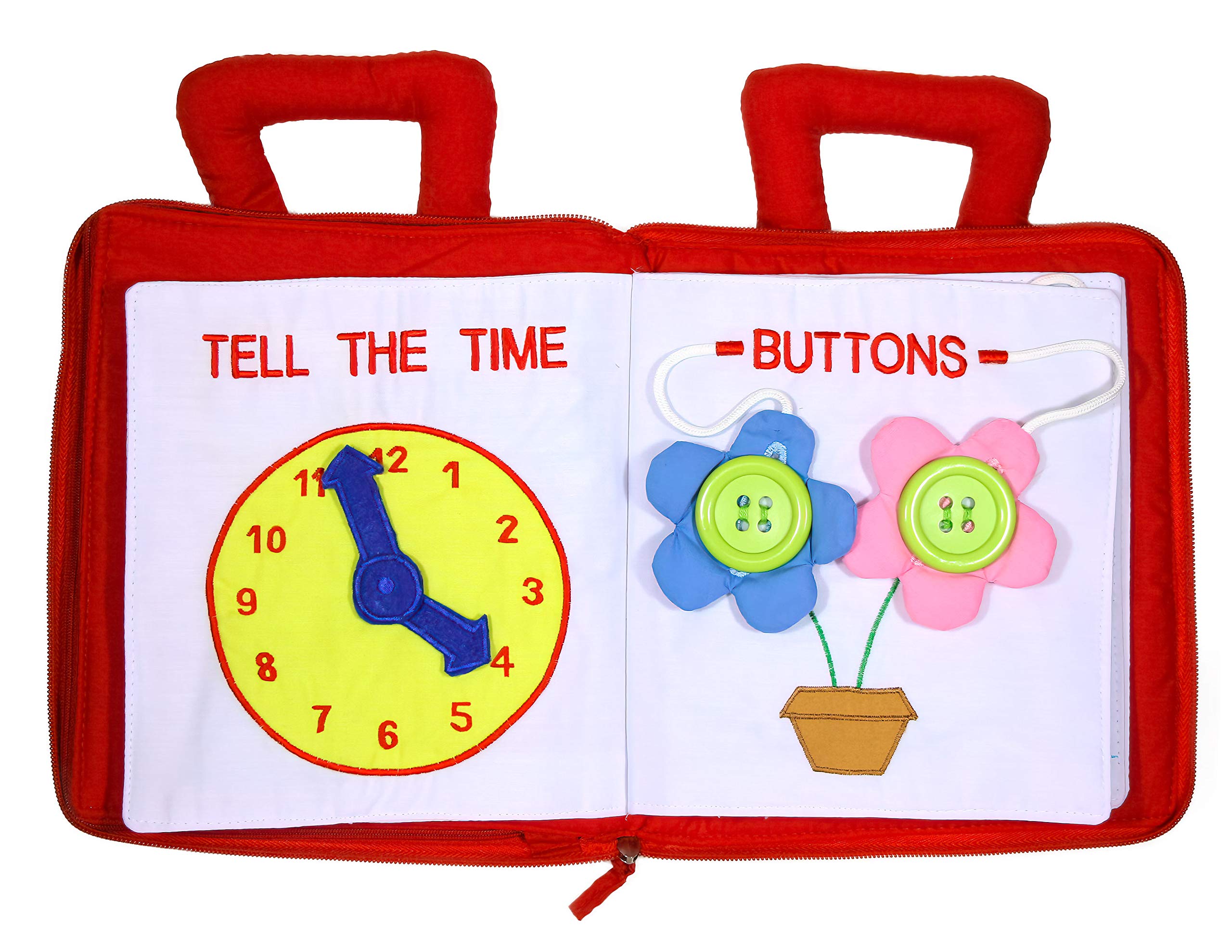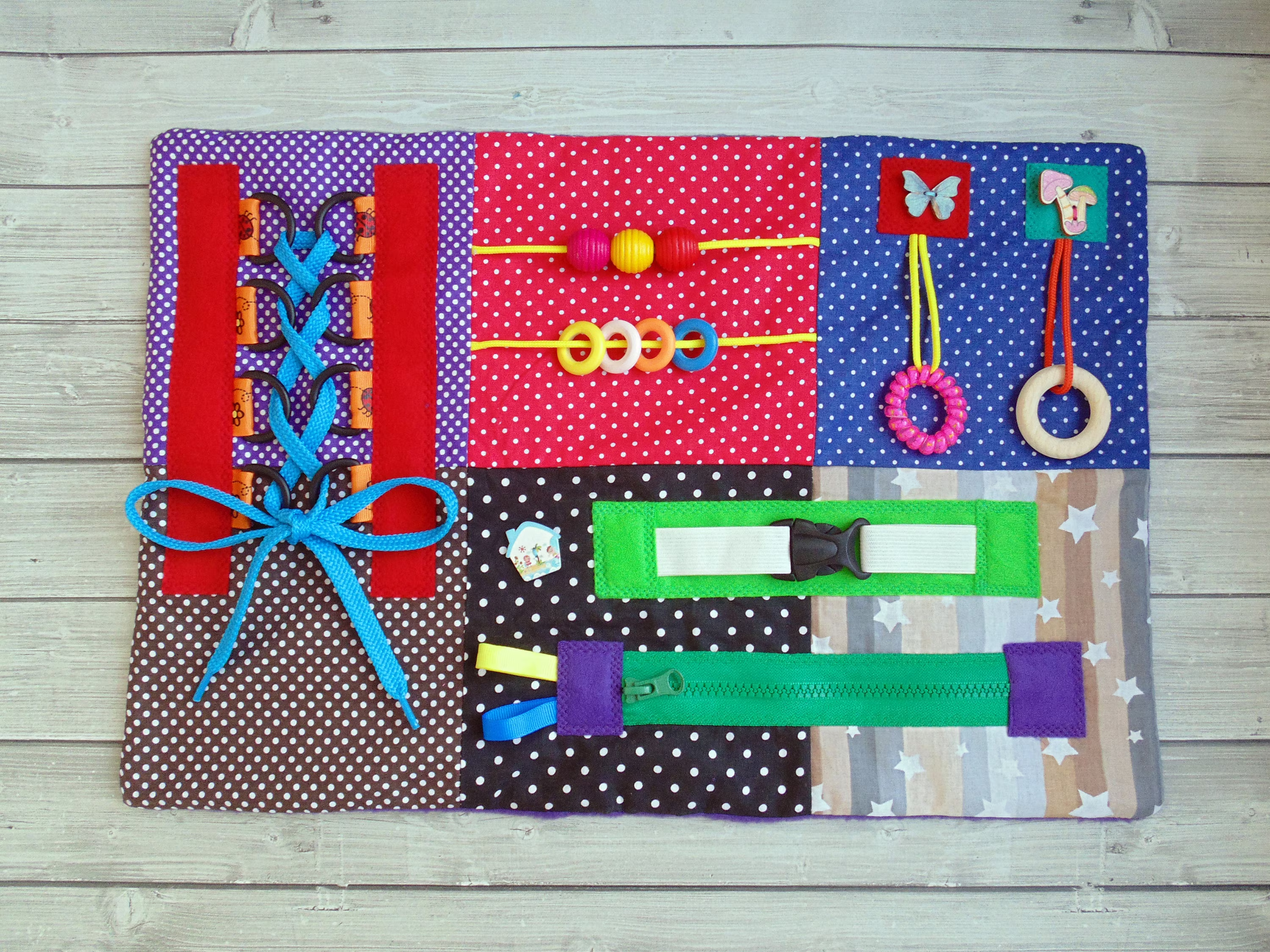Blog
Choosing the Best Materials for Your Sensory Fidget Board
Choosing the Best Materials for Your Sensory Fidget Board is a critical step in designing an engaging and functional tool for sensory stimulation. A sensory fidget board serves as a tactile device that can help individuals with anxiety, ADHD, autism, or those seeking stress relief. The materials selected can significantly influence the board’s effectiveness, durability, and user experience.
When creating a sensory fidget board, it’s essential to consider the types of materials that will not only enhance the sensory experience but also ensure safety and longevity. This article delves into various materials you might choose, their benefits, and how they can be effectively used on your fidget board.

Understanding the Importance of Material Selection
Before diving into specific materials, it’s crucial to understand why material selection matters so much when you’re choosing the best materials for your sensory fidget board. Each material contributes uniquely to the sensory experience, impacting texture, visual appeal, and even sound.
The Role of Tactile Feedback
Tactile feedback is one of the most vital aspects of a sensory fidget board. When individuals interact with different textures, it activates their sense of touch, providing calming effects and enhancing focus.
The use of varied materials allows users to explore different sensations. For instance, rubber provides a distinct squishy feel, while wood offers a smooth finish. Mixing these textures can create an engaging experience that encourages exploration. Users may find that specific textures resonate with them, giving insight into their preferences and sensory needs.
>>> Read more: Unlock Your Child’s Motor Skills with a Fun Montessori Activity: Screwing and Unscrewing with different screwdrivers
Durability and Safety Concerns
Safety is paramount, especially if the fidget board is intended for children or individuals with specific sensitivities. Selecting durable materials helps ensure that the fidget board withstands regular use without breaking down or causing potential hazards.
Materials like high-quality plastics and metals can be incredibly safe when properly finished and maintained. On the other hand, natural materials like wood require attention to detail to avoid splinters or rough edges. Knowing how to balance aesthetics with safety ensures a product that is both enjoyable and reliable.
Visual Appeal and Creativity
The visual aspect of a sensory fidget board cannot be overlooked. Aesthetics play a significant role in attracting users and making the experience more enjoyable. Bright colors, interesting shapes, and creative designs can stimulate interest and engagement.
Utilizing materials like fabric or paint can add visual layers to the board, encouraging users to explore through sight as well as touch. Incorporating elements such as mirrors or LED lights can elevate the sensory experience by adding an auditory or visual component that enhances interaction.
Exploring Different Material Options
With a clear understanding of the importance of material choices, let’s explore some popular options that can be utilized when choosing the best materials for your sensory fidget board.
Wood: A Classic Choice
Wood has been a staple material for sensory boards for generations due to its natural appeal, durability, and tactile qualities.
Wooden textures provide a warm, organic feel that can be grounding for many users. It can be sanded down to create a perfectly smooth surface, or left rough to provide additional sensory input.
Moreover, wood can support various finishes, from paints to stains, offering versatility in design. When selecting wood, it’s important to choose non-toxic options that have been treated appropriately to avoid harmful chemicals.
Additionally, wooden pieces can be crafted to form unique shapes that can serve as knobs, levers, or buttons, therefore providing interactive elements that engage users further.

Fabric: Soft and Textured
Fabric is another excellent choice when considering materials for a sensory fidget board. Various fabrics can provide different tactile experiences, catering to diverse sensory preferences.
Soft fabrics like fleece or minky offer a comforting texture, perfect for calming anxious individuals. In contrast, burlap or denim may provide a coarser feel, appealing to users who prefer a more rugged sensation.
Fabrics can easily be attached to a board, either by gluing or sewing, allowing for creativity in the arrangement. Adding elements like ribbons or loops can enhance the sensory experience, as users can manipulate them through finger movements, promoting fine motor skills.
Another benefit of fabric is its ability to introduce color and patterns to the board, which can attract users visually and encourage further exploration.

Plastic and Rubber: Versatile and Functional
Plastic and rubber are versatile materials that can cover a wide range of sensory experiences. These materials are often used in toys and fidget tools because they are flexible, durable, and easy to clean.
Rubber can provide an elastic quality, allowing for stretching and squishing, which can be soothing for users needing sensory input. Additionally, textured plastic can have bumps, grooves, or bubbles, creating unique tactile feedback.
Both plastic and rubber come in countless colors, enabling designers to incorporate vibrant hues that capture attention. They also offer resistance to wear and tear, ensuring longevity, especially in busy environments.
Furthermore, these materials can be easily manipulated in various ways, from squeezing to twisting, making them ideal for interactive elements on your fidget board.

Combining Materials for Enhanced Experience
One of the most engaging aspects of creating a sensory fidget board is the ability to combine different materials for enhanced sensory experiences. The interplay between various textures, weights, and visuals can lead to a more dynamic and engaging board.
Creating Contrast and Balance
Mixing materials allows for contrasts that can be stimulating and calming simultaneously. By juxtaposing soft and hard surfaces, users can alternate their sensations, keeping them engaged longer.
For example, pairing a fuzzy fabric with a smooth wooden piece can create a balanced sensory experience, appealing to users’ desires for variety. Research suggests that variation in sensory input can promote cognitive engagement, so varying materials can aid in maintaining focus during tasks.
Customization and Personal Preference
Every individual has unique preferences when it comes to sensory experiences. By combining various materials, you can tailor the fidget board to meet specific needs or preferences.
Consider incorporating user-friendly elements, like removable sections or interchangeable parts, allowing the user to personalize their sensory board experience actively. This can empower individuals, giving them agency over their sensory interactions.
The Importance of Experimentation
Experimentation is key when combining materials. You might find unexpected synergies that work beautifully together. Engaging different senses—like incorporating scents, sounds, or lights—can elevate the overall experience.
Try different configurations to see what resonates best with users. Feedback from testers can uncover preferences that you may not expect. With trial and error, you can curate the ultimate sensory fidget board tailored to your audience’s needs.
FAQs
What materials are best for a sensory fidget board?
A combination of wood, fabric, plastic, and rubber works best for sensory fidget boards. Each material offers unique tactile experiences that cater to different preferences.
How do I ensure my sensory fidget board is safe for all users?
Choose non-toxic materials and carefully sand down any rough edges. Always prioritize safety by avoiding small parts that could pose choking hazards, particularly for younger users.
Can I customize my sensory fidget board using various materials?
Absolutely! Mixing and matching different materials can create a personalized sensory experience. Consider the preferences of the intended user when customizing.
How can I maintain cleanliness on my sensory fidget board?
Select materials that are easy to clean, such as plastic and rubber. For fabrics, opt for washable items. Regularly wipe down the board to keep it hygienic.
Is there an age limit for using a sensory fidget board?
No, sensory fidget boards can benefit individuals of all ages. It’s essential, however, to choose appropriate materials based on the user’s age and sensory needs.
Conclusion
Choosing the Best Materials for Your Sensory Fidget Board requires thoughtful consideration of various factors, including the desired sensory experience, durability, safety, and aesthetics. By exploring different materials such as wood, fabric, plastic, and rubber, you can create a comprehensive and engaging fidget board that caters to various sensory needs.
The beauty of a sensory fidget board lies in its adaptability and customization. By experimenting with different material combinations and crafting a board tailored to individual preferences, you can significantly enhance the user experience. Ultimately, the right sensory fidget board can have a profound impact on promoting relaxation, focus, and sensory engagement for everyone who uses it.
